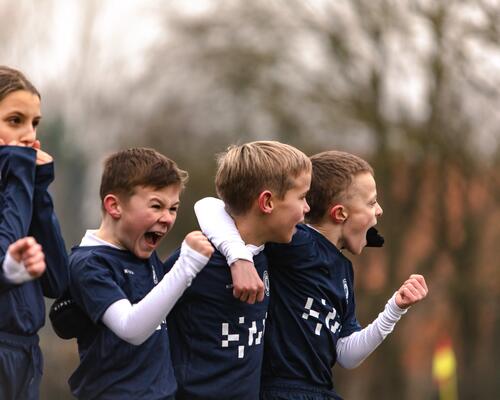Recycled polyester:
bottle in a fabric
How does it work?
The plastic bottles are cleaned and shredded into flakes. These are then poured and melted, turning into a paste. The paste is transformed into filament thanks to an extrusion screw. This filament is then spun around a reel, creating the recycled polyester thread!
Why this choice?
Using recycled polyester filaments enables us to reduce the CO2 emissions linked to the production of the yarn by at least 17% compared to using virgin polyester.












